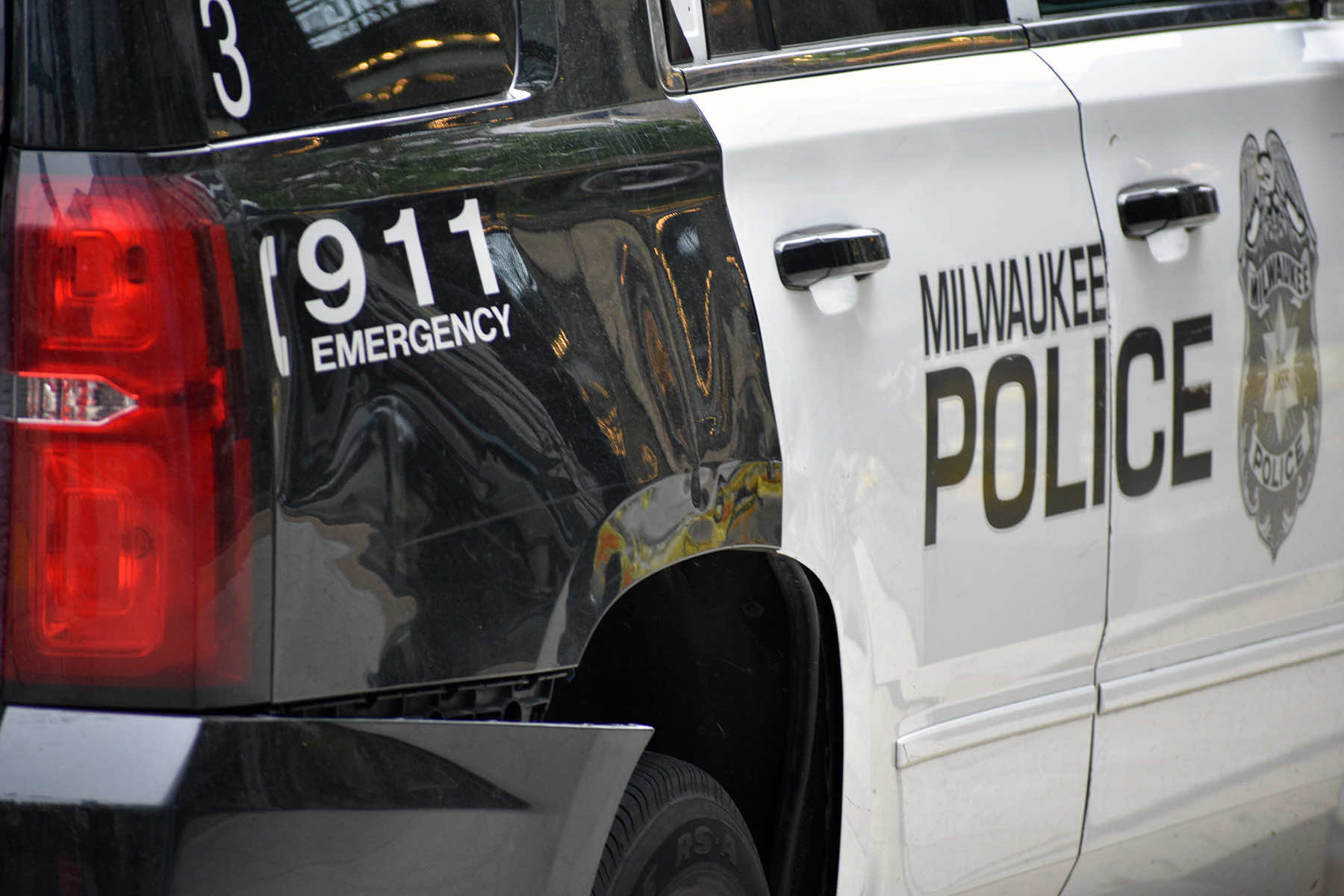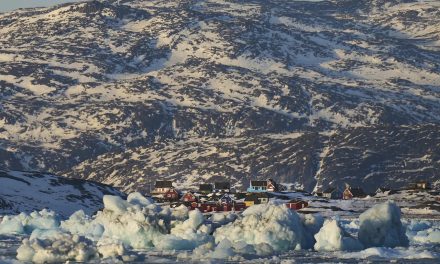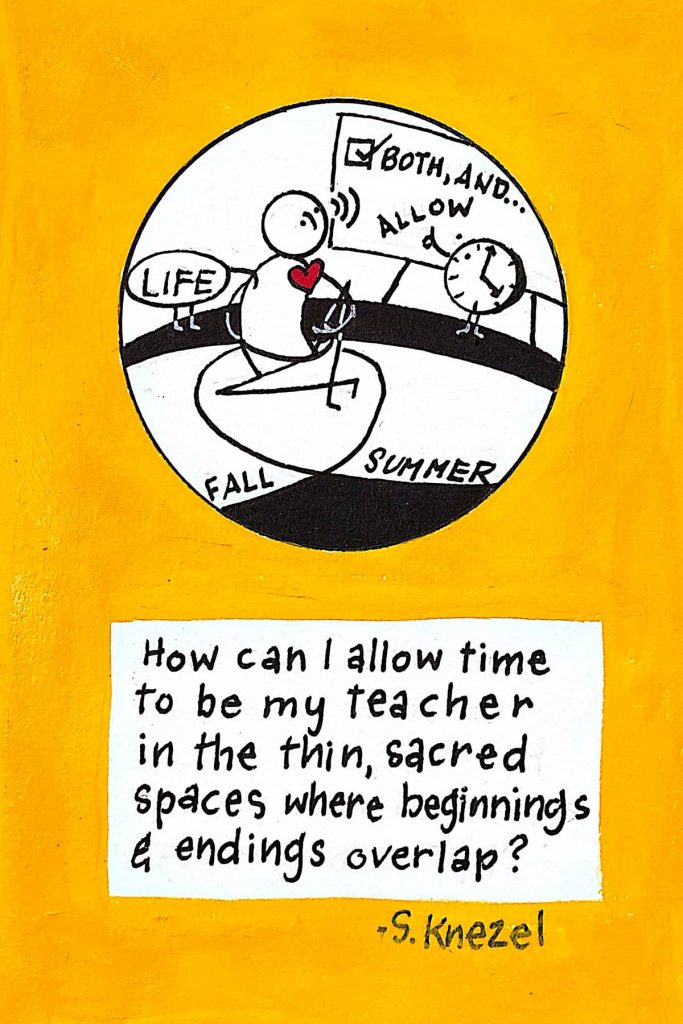
THE STATE OF MILWAUKEE: As a city, Milwaukee stands at the crossroads, where shifting policies, economic pressures, and community efforts are shaping the future of the city’s neighborhoods, businesses, and public services. This feature reviews one of those interconnected and evolving challenges affecting local residents today. Following Mayor Cavalier Johnson’s State of the City 2025 Address on March 3, this article is part of a series that explores everything from policing and public safety to healthcare, education, housing, business, infrastructure, and environmental changes. It also highlights the tension between progress and persistent disparities, focusing on policy decisions, economic realities, and how they impact daily life for Milwaukee residents.
In recent years, the Milwaukee Police Department (MPD) has made a public commitment to updating its practices, with leaders frequently emphasizing the importance of community policing.
Yet for all the plans, training, and reorganization, questions remain. Are these reforms making a difference on the city’s streets? From oversight by the Fire and Police Commission to community outreach initiatives, Milwaukee’s law enforcement faces heightened scrutiny from residents who say real progress can only be measured by tangible outcomes.
CONTEXT AND BACKGROUND
Milwaukee’s modern push for police reform largely took shape in the wake of broader national conversations about law enforcement accountability. Around 2014, large-scale demonstrations in many U.S. cities brought renewed attention to issues of racial disparity in policing.
Those national events resonated locally, prompting Milwaukee officials to revisit and, in some cases, overhaul aspects of the Milwaukee Police Department, or MPD. Concurrently, the city grappled with its own high-profile cases that sparked community outcry and calls for change.
DEFINING COMMUNITY POLICING
While city leaders pledged to strengthen relationships between officers and residents, tensions in some neighborhoods highlighted the depth of work needed. Community policing can mean different things, but its core principle is building trust between law enforcement and the public.
According to the U.S. Department of Justice, the practice generally involves getting officers out of their squad cars and into neighborhoods, engaging with residents directly, and focusing on problem-solving in collaboration with community members.
Milwaukee embraced a version of this approach that includes foot patrols, town hall meetings with officers and local leaders, and specialized training in de-escalation. The MPD also began emphasizing data-driven methods, such as identifying “hot spots” and working with community stakeholders to address underlying issues rather than solely responding to 911 calls.
THE ROLE OF THE FIRE AND POLICE COMMISSION
At the heart of Milwaukee’s police oversight is the Fire and Police Commission, a civilian body tasked with setting policies and reviewing department performance. The commission can discipline officers, hire and fire the chief of police, and shape directives on matters such as the use of body cameras.
Its supporters see the commission as a crucial check on departmental power, one that ensures community voices are taken into account when major policy changes occur. Critics, however, argue that commissioners do not always have the resources or political independence to enforce reforms consistently. Staff changes and leadership turnovers have, at times, impeded the commission’s momentum on key issues such as officer discipline and public reporting.
BODY-WORN CAMERAS AND TRANSPARENCY
One visible change in Milwaukee’s approach to policing has been the widespread adoption of body-worn cameras. MPD started a pilot program several years ago, eventually expanding the initiative department-wide.
Many community advocates view these devices as a tool for transparency, believing they can protect both the public and officers by providing an objective record of encounters. Still, important questions remain about how footage is stored, who can access it, and how quickly it is released after a critical incident.
Critics have questioned the consistency of video release protocols, pointing out instances where footage was not made available to families or legal representatives in a timely manner. MPD leadership maintains that the department must balance the public’s right to know with ongoing investigations, yet some residents feel that indefinite delays erode trust rather than build it.
DE-ESCALATION AND CULTURAL COMPETENCY TRAINING
Alongside technology-based reforms, MPD and city officials have placed a renewed focus on de-escalation training. Officers learn techniques aimed at reducing the need for force by talking through a situation before resorting to physical or lethal measures. Training scenarios often simulate stressful, fast-moving conditions, requiring officers to employ calm communication and seek nonviolent outcomes whenever possible.
Additionally, cultural competency courses aim to help officers better understand the communities they serve. Milwaukee’s population is diverse, with notable African American, Hispanic, Hmong and other communities that each have distinct cultural traditions.
Trainers say that understanding cultural norms can sometimes prevent misunderstandings that escalate needlessly. Despite these efforts, community representatives assert that ongoing, repeated training is essential to maintain meaningful change — a few classroom sessions may not be enough to alter long-standing biases.
TRUST BUILDING IN NEIGHBORHOODS
On paper, community policing concepts sound promising, but they often look very different in actual practice. In some Milwaukee neighborhoods, officers attend block parties, help organize youth sports leagues, or sponsor back-to-school events. Residents who routinely see the same officers in their community report feeling more comfortable sharing information about potential safety concerns.
In other neighborhoods, however, long-standing mistrust lingers. As a local organizer explained in a public forum, she appreciated the city’s outreach efforts. But many families recalled decades of negative encounters and do not believe deep change is happening. Without consistent, long-term engagement and accountability, she said, sporadic appearances at community events may feel superficial.
MEASURING SUCCESS
Quantifying the impact of community policing is an ongoing challenge. Crime data alone may not reflect gains in trust or shifts in day-to-day interactions that do not lead to arrests. Nonetheless, MPD uses metrics such as response times, clearance rates for cases and surveys measuring community satisfaction.
Early indications in certain districts suggest modest improvements in public perception. Yet these findings can vary widely by location. Residents of one neighborhood might report friendlier relations with patrol officers, while others claim continued tension. Observers note that these variances often reflect broader socioeconomic disparities, where neighborhoods facing higher crime rates and fewer resources see slower progress, even when reforms are in place.
ONGOING DEBATES ON FUNDING
In many cities, discussions of police reform intersect with questions about law enforcement budgets. Milwaukee is no exception. While some push for higher police funding to expand community policing initiatives and specialized trainings, others argue that tax dollars are better spent on prevention programs, mental health services, and community-led safety efforts.
City officials face the difficult task of balancing these viewpoints amid limited resources. Proponents of further investment in MPD say that more funds can enhance training, expand foot patrols, and update equipment.
Those who advocate reallocated funds believe that addressing root causes of crime — poverty, joblessness, and poor mental health care — will deliver longer-lasting results than additional law enforcement spending. In the most recent budget cycle, modest increases were allocated to certain community-focused programs, but critics on both sides remain vocal about their concerns.
THE “DEFUND” CONVERSATION
The phrase “defund the police” gained nationwide attention after the murder of George Floyd in 2020. While its meaning can vary, it generally refers to redistributing portions of police budgets to social services.
In Milwaukee, some activists support partial redirection of police funds to mental health clinics, homeless outreach, youth centers and other programs that could alleviate public safety challenges. Others consider this approach risky, warning it might leave MPD understaffed and ill-equipped to respond to crises.
While the city has not undertaken sweeping cuts to MPD, the budget conversations in the past few years have been contentious. Some see incremental funding shifts toward alternative emergency response systems as the most pragmatic approach, while others remain unconvinced that even a partial reallocation is feasible given crime levels and staffing shortages.
INNOVATIONS IN CRISIS RESPONSE
One area where Milwaukee has taken a concrete step is co-response teams pairing police officers with mental health professionals. These teams respond to incidents where mental health issues appear to be a significant factor. The idea is that professionals trained in mental health can help de-escalate situations and guide individuals to appropriate treatment, reducing the risk of unnecessary force or incarceration.
Preliminary feedback from the pilot programs suggests fewer repeat calls for the same individuals. Some families say the presence of a mental health specialist makes a difference when dealing with a loved one in crisis. However, scaling such efforts citywide remains challenging. The program requires specialized training, sustained funding and a robust pool of mental health professionals willing to partner with law enforcement.
PERSPECTIVES FROM OFFICERS
For their part, officers say they have felt the weight of shifting public expectations. Many younger recruits come into policing with a clearer sense of community engagement priorities, having studied de-escalation and cultural sensitivity in the academy. Veteran officers often find themselves adjusting to new technology like body-worn cameras or new policies that require additional paperwork for every use of force.
Some officers welcome these changes, seeing them as necessary to maintain legitimacy in the community they serve. Others express frustration, saying administrative requirements reduce the time they can spend on proactive patrol or investigating cases. Officer retention has also become a concern, as stress levels and public scrutiny can contribute to burnout.
THE TENSION BETWEEN CRIME DATA AND REFORM
Recent months have brought fluctuations in certain types of crime in Milwaukee, particularly in gun violence and car thefts. Critics of police reform sometimes blame any uptick in crime on perceived “softer” policing, arguing that the department’s focus on community engagement takes resources away from traditional enforcement.
Advocates for reform counter that structural issues like unemployment, drug abuse, and lack of youth services drive crime, so heavy-handed policing without addressing root causes does little to create lasting safety.
The debate underscores the complexities of evaluating the success of reforms. Even if community policing strategies help reduce tension between law enforcement and residents, spikes in crime can overshadow those gains, making it hard to sustain public and political support for incremental changes.
MILWAUKEE’S RELATIONSHIP WITH ITS POLICE FORCE
Despite all of the efforts, from enhanced training to budget debates to community outreach, Milwaukee’s path toward meaningful, long-term policing reform is not without obstacles. Rising costs, competing policy priorities, and shifting political winds can stall progress. Systemic issues like poverty and housing insecurity, which are outside the direct control of MPD, also affect how citizens interact with law enforcement.
Additionally, the department faces staffing shortages as veteran officers retire, and recruitment in law enforcement can be challenging. Filling vacant positions with officers who both reflect Milwaukee’s demographic makeup and fully embrace community policing ideals remains a tall order.
Whether Milwaukee’s police reforms prove effective is still a work in progress. Public sentiment remains mixed, with some residents praising new initiatives and others voicing skepticism about the depth of institutional change.
As the debate continues, one fact stands out. Milwaukee’s relationship with its police force is evolving, influenced by national conversations, local activism, and changing expectations of public safety.
Community policing alone may not solve every challenge, but proponents see it as a platform for rethinking how law enforcement and residents share responsibility for keeping neighborhoods safe. The coming years will reveal whether such reforms can foster a lasting, positive transformation, or whether further action is needed to address persisting concerns.
© Photo
Julian Prizont-Cado and Samuel G Harris (via Shutterstock)














